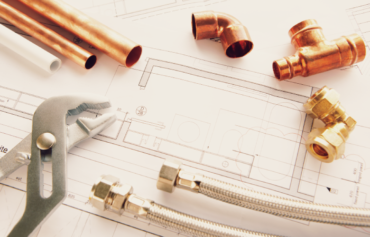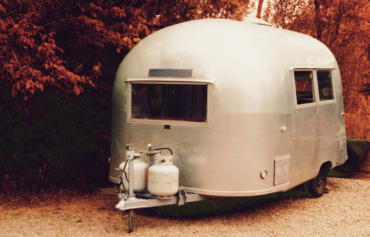When it comes to your RV journey, the allure of various tools and gear can be overwhelming. However, we’ve identified a paramount must-have for safeguarding both your family and your investment – the EMS (Electrical Management System)/surge protector. These devices play a huge role in monitoring and alerting you to unforeseen issues at the campground or wherever you’re plugged in, such as power surges, brownouts, and reverse polarity. In this article, we’ll dive into their multifaceted functions, offer insights on best practices at the campground, and shed light on the price variations within the market.
You’ve probably heard the term “surge protector” thrown around within RV circles, and let me emphasize that it’s not just important; it’s an absolute necessity for ensuring the protection of your investment and the safety of your RV experience. These devices serve as the first line of defense against the unpredictable issues that can arise at campgrounds. While power surges are the most common concern on RVers’ minds, there’s another critical factor to consider – “brownouts” or “low voltage.” These events can lead to an increase in amperage, potentially resulting in damage to your RV’s wiring and connections. Furthermore, electrical management devices offer a host of other functionalities, including the ability to check for reverse polarity, open ground, and open neutral. Reverse polarity, in particular, can lead to a “hot skin” condition, which poses serious risks to both humans and pets. It’s worth noting that most of these devices fall under the umbrella of surge protectors, with varying degrees of features and corresponding price tags. Here’s an interesting tidbit: while we often use “EMS” to describe all these multifunctional devices, it’s actually the model name for one of Progressive Industry’s products. The adage holds true: you get what you pay for. Premium, high-end devices continuously monitor for a wide range of issues, rather than simply shutting down in the event of a surge. They are available in both 50-amp and 30-amp models.
Now, let’s talk best practices. When setting up at the campground pedestal, begin by turning off the breakers. Then, plug in your EMS/surge protector and switch the breaker back on. Give it a minute or two to complete its diagnostic process. Once the device deems the conditions safe, it will allow power to flow to your RV. Also, ensure a secure and tight connection between your cord and the device. You might even consider leaving the cord connected to the device even during storage.
I hope this information has been enlightening and aids you in making an informed decision about safeguarding your investment. Stay tuned for more valuable insights in our next blog!




